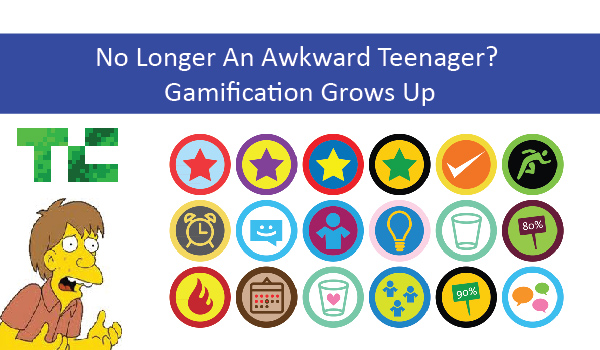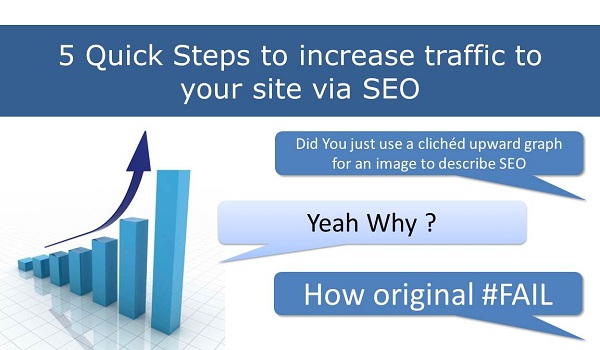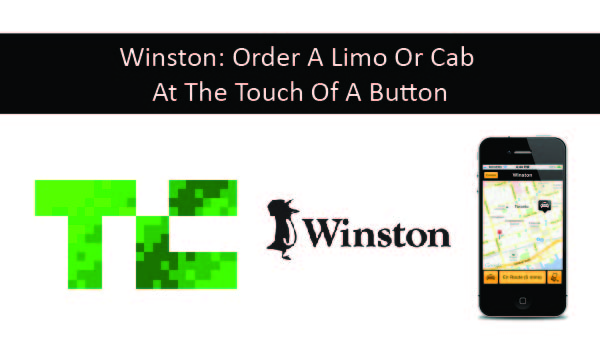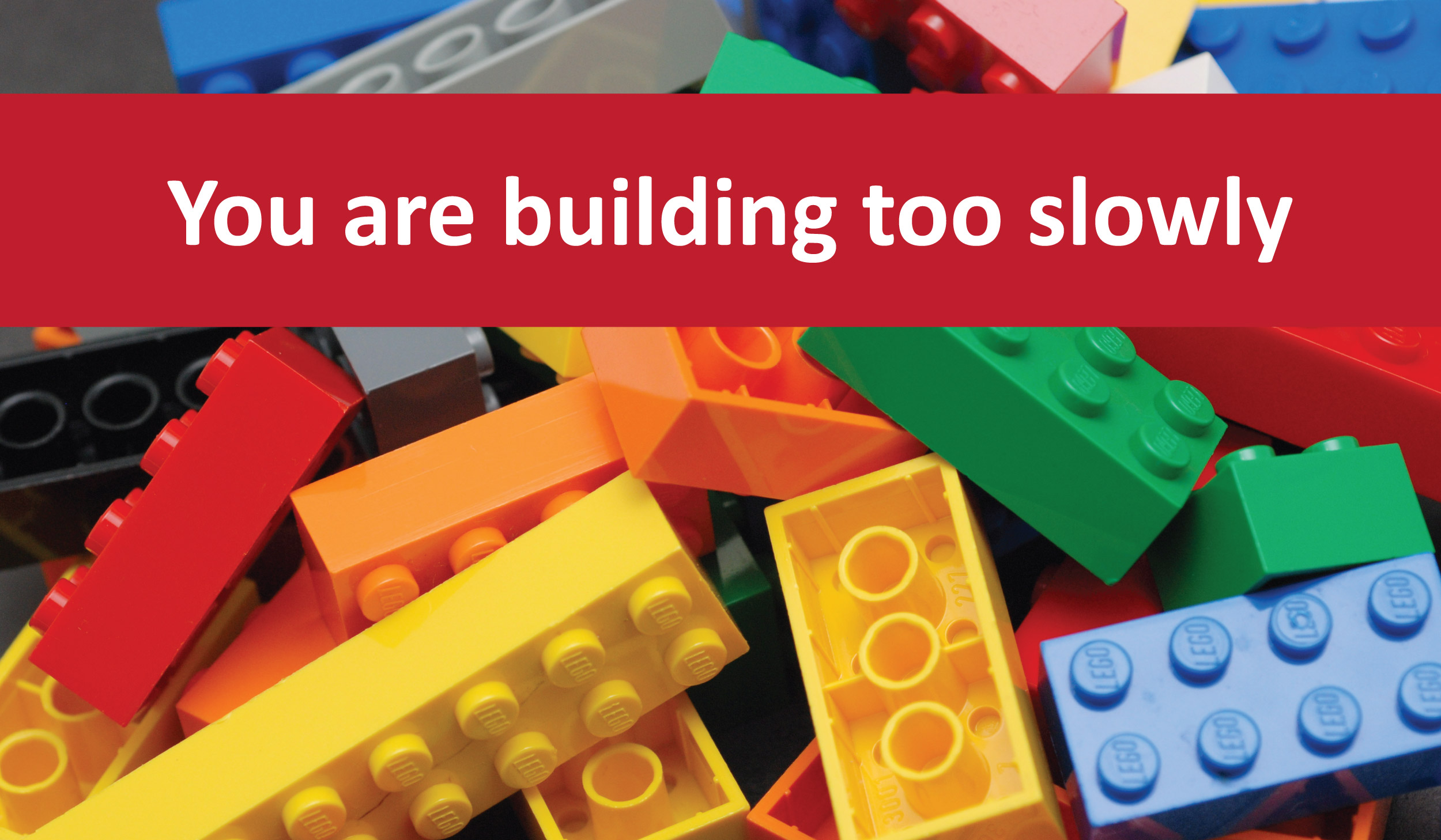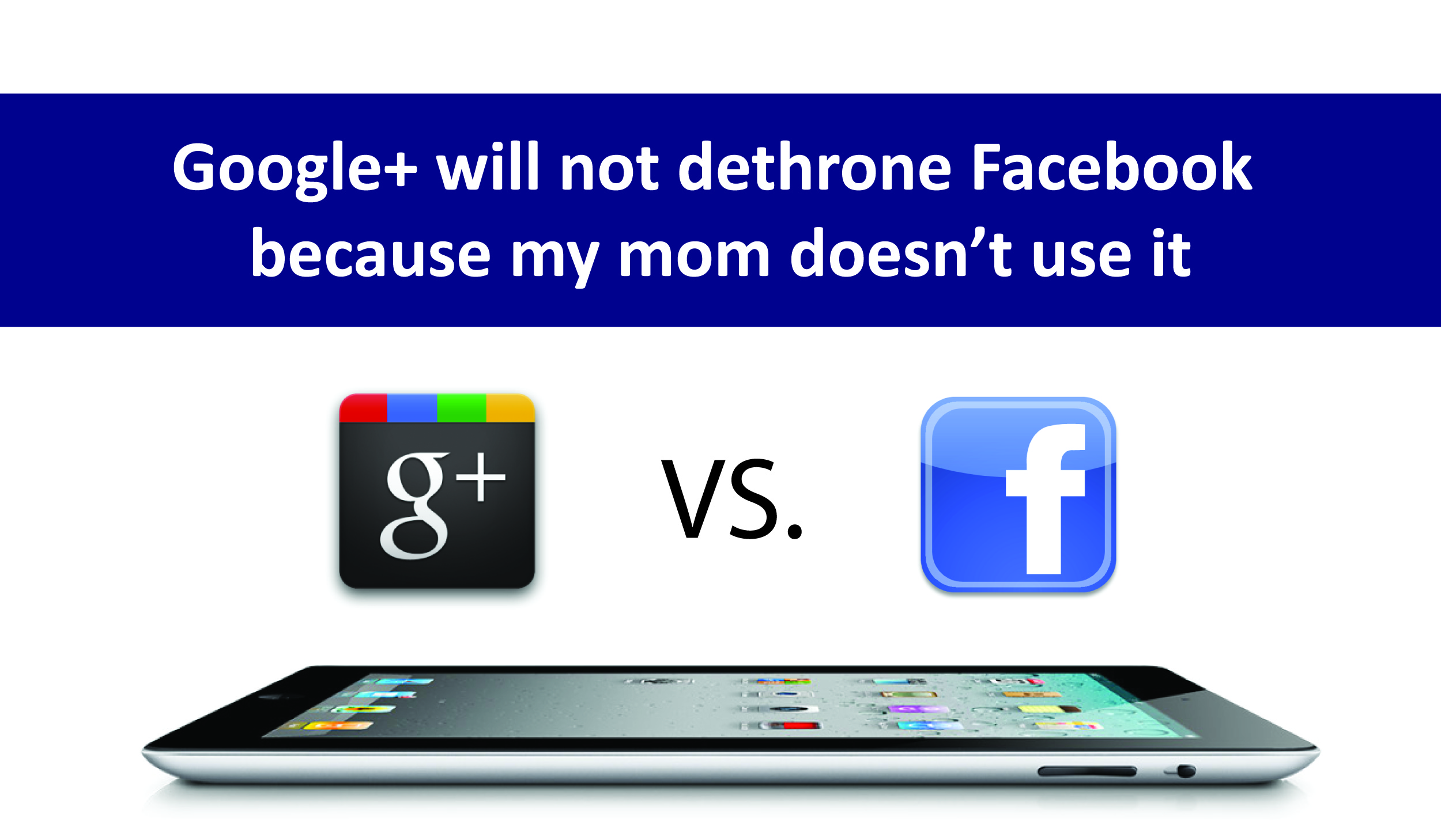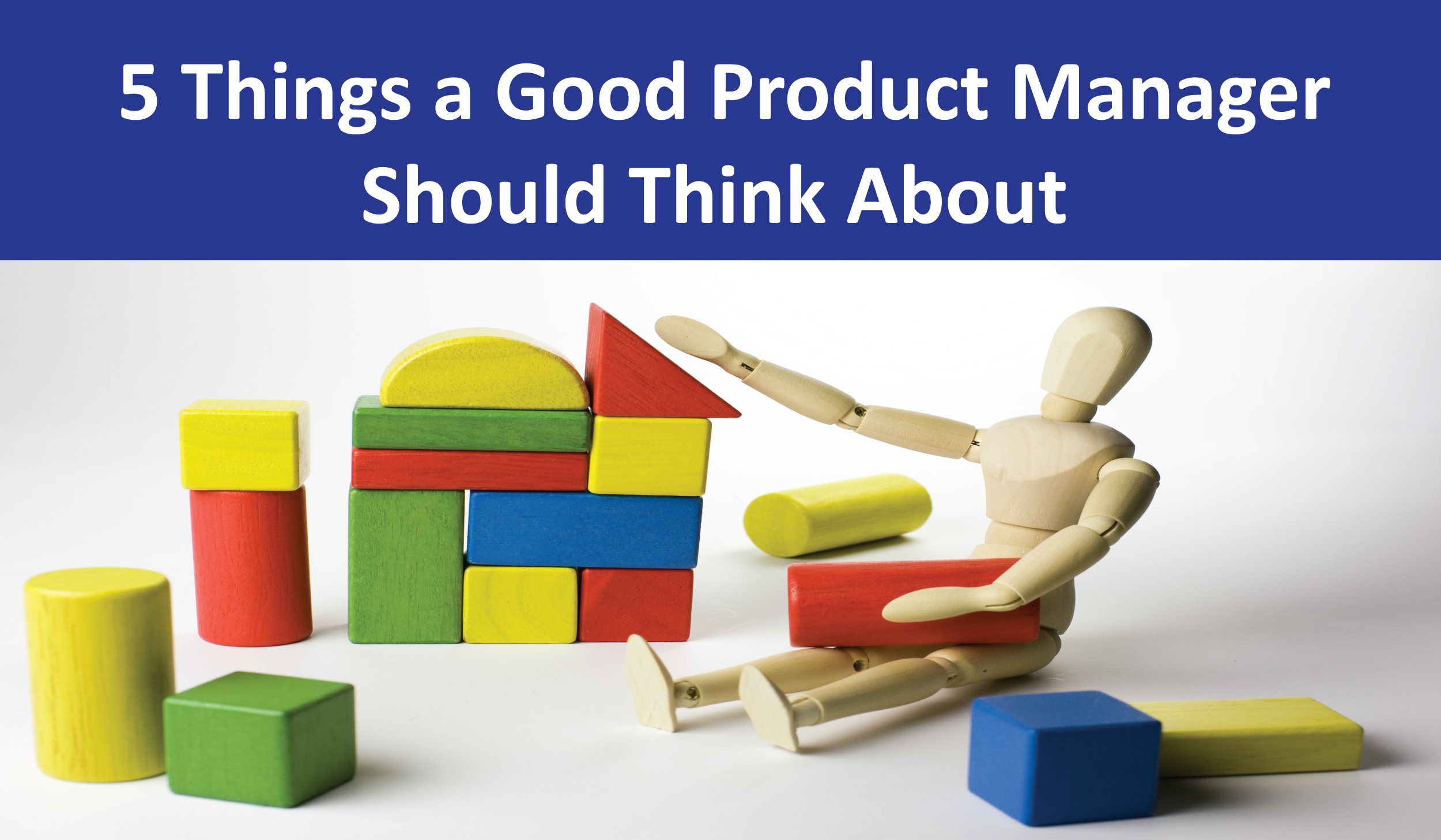Over the last year, you may have noticed that a once-niche trend not only crept into the mainstream, but is starting to really make a big splash. Gamification has become one of the hottest buzz words in the industry and is probably in the process of taking over a website or user experience near you. For the uninitiated, gamification, said simply, is the use of game design techniques and mechanics to solve problems and engage audiences. Over the last year, even large companies and enterprises are starting to get in on the game, with Gartner saying that all CIOs should have gamification on their radar, and M2 research predicting that the gamification market will reach 2.8 billion in direct spending by 2016. Okay, so it’s on the rise, we get that, but let’s take a look at some of the players that are helping to take this trend to the next level. Three companies in particular are currently creating some buzz in the space: Badgeville, Bigdoor and Bunchball. Badgeville started by making a big splash center stage at Disrupt in the fall of 2009. The company took home the Audience Choice Award at Disrupt, has since gone on a tear and is poised to have a great 2012. (Check out Rip’s original post on Badgeville’s prospects here.) Badgeville Co-founder and CEO Kris Duggan pulls no punches when it comes to one of the most visible and early adopters of gamification, the check-in king: Foursquare. The CEO says that Foursquare was early in its attempts at gamification, but that its incentivization models remain fundamentally flawed. Duggan points to the “Mayorship” system within Foursquare: “You have literally hundreds of people and only one mutually-exclusive point of recognition, the Mayor. What happens to the other hundreds of people? Not only are they not engaged, but you don’t take into consideration different types of users.” Duggan believes you need to engage not only the heavy user, but medium and light users as well. Rather than a one-size-fits-all methodology, you can appeal to each user type and incent them accordingly. From a marketer’s perspective this is a huge hole in the way Foursquare approaches gamification for brands. The ability for brands to own their engagement strategy is key for them to grow their model. A vanilla badge strategy will only allow them to go so far and without real control of the experience and rewards it won’t be a rich experience. Keith Smith, CEO of Big Door, has seen large adoption of their gamification platform. And, in particular, the CEO recognizes a big opportunity selling to marketers: “Marketers today spend more money on acquiring users than working to retain those users and providing them with a reason to...
Read MoreI wanted to write a simple article on SEO or Search Engine Optimization. I have a lot of people coming to me and asking how they can improve their ranking and drive more traffic. Time and again, the people I am working with haven’t done these basic steps required to drive traffic. I wanted to take a few minutes to break down SEO and to show how it can be made quite simple. This isn’t to say I don’t have a lot more advanced tricks up my sleeve, but this will at least get you on the right path. More importantly, it will help you to start driving traffic to your site. Do some basic analysis – Want to get more traffic to your site? Start by understanding what people are searching for. With all the tools currently available, there is absolutely no reason you shouldn’t be able to understand what people are searching for. Get the Tools – Start by getting a Google Analytics account. Using this account you can use the Google keyword predictor to see what are the relative searches on different keywords on a monthly basis. Pick 20 Keywords – Once you see the list and the searches, pick keywords to optimize against. If you try to pick all of them you will water down your site too much (unless you know what you are doing). You want to pick keywords that you think you could convert on and have a chance of ranking on in Google. Analyze – Analyze your current site against those 20 keywords that you just picked and figure out where the deficiencies are. Which keywords could be mapped against existing content? Am I missing content? If so, what? You need to ask yourself all of these questions at this step. Localize – If you are trying to capture a local market, use local markers like cities and neighborhoods to further refine your keywords. Adding your location to Google Places is also extremely handy for driving traffic, especially when people are searching on Google Maps. Create Content – Content is king (yes I just broke out that cliché, mostly because it is true). Text, video and images are your weapons. If you have all 3, you are set. Start by tailoring good text around the keywords. Don’t write for the search engine, but don’t keep the search engine out of mind when you are writing them. If you have images, rename them to your keywords. Take the time to implement Alt and Anchor text throughout the site. Alt text refers to alternative text that tells the search engine what an image...
Read MoreHave you been waiting for a taxi to come take you to an airport and it never comes? Or worse yet, you have ordered a car and don’t know where it is. A Toronto based company named Winston aims to change the way you call for a taxi or limo. Launching today exclusively in Toronto, Winston is going direct to cab or car companies and pitching a different way to operate. Instead of high overhead dispatch, which can be hit and miss they are leveraging the customer, GPS and integrated credit card functions to change the game. Sounds a lot like Uber, but Winston’s prime focus is around the business user. The business traveler typically has very different needs than an average traveler. The launch of the app is currently limited to Toronto, Canada, but they will be rolled out in New York, Chicago, Los Angeles and San Francisco by the end of the year. Winston is negotiating agreements currently with international providers and will be in multiple markets in Europe and Asia in 2012. Winston believes it will win out by leveraging broader distribution and greater adoption across more cities. Uber is currently available in 5 cities. “Our customers will be everywhere, we need to be everywhere they are” says Aidan Nulman CEO of Winston. With Winston, rather than picking up the phone, you will be able to order a cab at the touch of a button using the Winston app. While waiting for your ride you can track it approaching via GPS. When you complete your ride, rather than having to reach for your wallet, you just leave the car and the payment is handled via Winston. The payment is tracked via the app, it tracks the pick-up and drop-off location and time spent and charges a credit card on file appropriately. Whether you want either a cab or a limo, a prospective passenger can order either. Limousines obviously come at a premium and a minimum cost of 50 dollars. Winston has already negotiated numerous agreements with cab and limousine companies. Winston has received significant interest from corporations looking to manage employee expenses. One of the key reasons for this is that tax chits can often be abused by employees while traveling. As well, for employees, keeping track of travel expenses is often the last thing they want to do. All in all, this is ideal for a busy business traveler who is getting off a flight to catch a business meeting. This expedites and automates the entire process. Winston derives revenue by taking a percentage of each ride and sees many other potential revenue streams. Winston was founded In January...
Read MoreWhen I was a child I played with Lego. If I was at home, I had the leisure of playing with my own Lego, and I could take my time and build an elaborate creation. I would go to meticulous detail in building ships, castles or other buildings. I realized there was a certain serenity to playing my own sandbox at my own pace. When I went to kindergarten, I noticed they had a large box of Lego. When I went to play with it for the first time, I got upset that there were other kids taking blocks I wanted to use. I wasn’t afforded the luxury of taking my time, because if I did, I wouldn’t have the pieces needed to complete what I wanted to build. This is a simple parable but it made me realize that I was building too slowly, and not afforded infinite timelines. I thought back to this during Democamp, where a company named VidYard built an impressive application in 16 weeks, got funded and are now on the upswing. This example made me realize that if you think you are building something quickly, you probably aren’t and will pay the price for it. The level of competition in the software/web application space has only gotten more intense. The ability of a focused and dedicated team to build something quickly is needed more than ever. What I have come to realize is that zealotry of innovation is powerful. People with a taste for both innovation and building something are hard to stop. Last week, due to this epiphany, I decided to try to tackle something in one week that would normally take me multiple weeks. I refocused, got team buy-in and went to work. This didn’t come without bumps – the time I would normally take to think out every nuance was not there. I stayed up late and built and tweaked until it was ready. I would argue that a perfect plan with nothing built takes a backseat to something that works that perhaps isn’t perfect. It may sound cliché, but a good plan today is truly better than a great plan later. At the end of the week, I lost a lot of sleep and built out something cool. I didn’t quite hit my timeline, but when I looked back at the week, I saw that my team and I had built a lot and learned a few lessons. So you want to build something quickly? How do you do it? Set an unrealistic timeline. How better to start this project? Ask yourself how long it would normally take on...
Read MoreMy parents have become an informal guidepost for technology adoption. Whenever I come home to visit them, they usually ask me if I have heard about some new technology. It is that point that I know that the tech they mention has reached a certain level of critical mass. My parents are by no means tech neophytes, but conversely, they aren’t cruising tech blogs attending regular tweet-ups. Facebook is a regular part of my mom’s life. I often get messages and Wall comments from her, and in quite a few instances, our Facebook communication has replaced picking up a telephone. So, this weekend I asked her whether she uses Google+ or has heard about it. She said she had heard some buzz about it, but had no intention to change from Facebook. I started to think about this, and wondered if this trend of one would hold true in other demographics. I also began to wonder whether Google+ might be in for a slog trying to convert my mom and others who share similar usage patterns and demographics. Before I make such a bold blustery claim, we should evaluate why my mom uses Facebook. The biggest reason? Because everyone else uses Facebook too. Facebook has built a competitive advantage that will make it difficult to overcome, especially in the older demographic. The younger generation has less of an issue trying something new and flipping between multiple services (Google+, Twitter, Foursquare, etc.). One could easily make the argument that Myspace was well ahead of Facebook and they caught up. This is a totally different game due to the three principle ways my mom uses Facebook: 1. Playing Games with friends – Facebook has become an impressive platform for non-immersive pastime games I consider myself a gamer, but still play Facebook games from time to time. For my mom, on the other hand, Facebook’s game offerings are often at the perfect skill level for her and others in her generation. These games also attract users who don’t have the time to commit to an engrossing game and just want a five minute distraction. Facebook Scrabble is one of my mom’s favourite games, and she plays with all of her friends from the comfort of her iPad. Facebook quickly become one of the strongest gaming platforms out there over the past 3 years. The Google game strategy is emerging via the Google App store, but currently is both under-developed and not tightly integrated into Google+. 2. Seeing what we are up to – With a new baby in the family, my mom is quick to check for photos or keep in touch with friends. I haven’t felt the need to really post pictures on both services (Facebook and Google+) because when posting...
Read More1. Minimal Viable Product thinking can be a trap – there has recently been a huge movement toward creating a “minimum viable product” and then going out to market as quickly as possible. I would argue it is important to temper this trend. This has turned into a tendency to quickly roll out half-baked functionality because developers believe they are following the MVP mantra. Well thought out features that deliver value, even if they take a bit longer to come to market, will (in my opinion) deliver more ultimate value to the product and to the user experience. I am all for iterating something early on once it is in the hands of the customer, but I would argue that some companies have misconstrued this and roll out an untested, half written piece of functionality 2. Keep an eye on what really matters – Many good product managers fight with this all the time. How many times do people from different lines of business ask questions like “wouldn’t it be cool if it could do this?”. When I really boil it down, there are only 3 reasons why you should build any given feature in an early-stage start-up. Here they are: It will help make money – If you are a start-up working towards break-even, then this needs to be ever present in every decision you make. If it won’t help move the needle and get you closer to profitability, you may want to reconsider it. I come from a school of thought in which you want straightforward business models with a straightforward path to cash. There are few out there with unlimited runways and you always need to be concerned with this in your approach. It will improve the user experience – User experience has become such a core function to any product manager. Is this easy to use? Do people get pissed off when they have to use key features on the site? Will it cause people to abandon your site? UX can be a core competency and key differentiator. Always focus on this! Even if it is as simple as a nicely done pop-up or a cleanly designed button, it all matters when it comes to UX. It will improve efficiency and scalability – Will this feature allow you to do more with less, does it allow you to hold off hiring more people to do the same function, or does it make the people you have more effective? You should always consider this to stay lean and mean as possible 3. Create a vision for the product – it is important to not limp forward from...
Read More